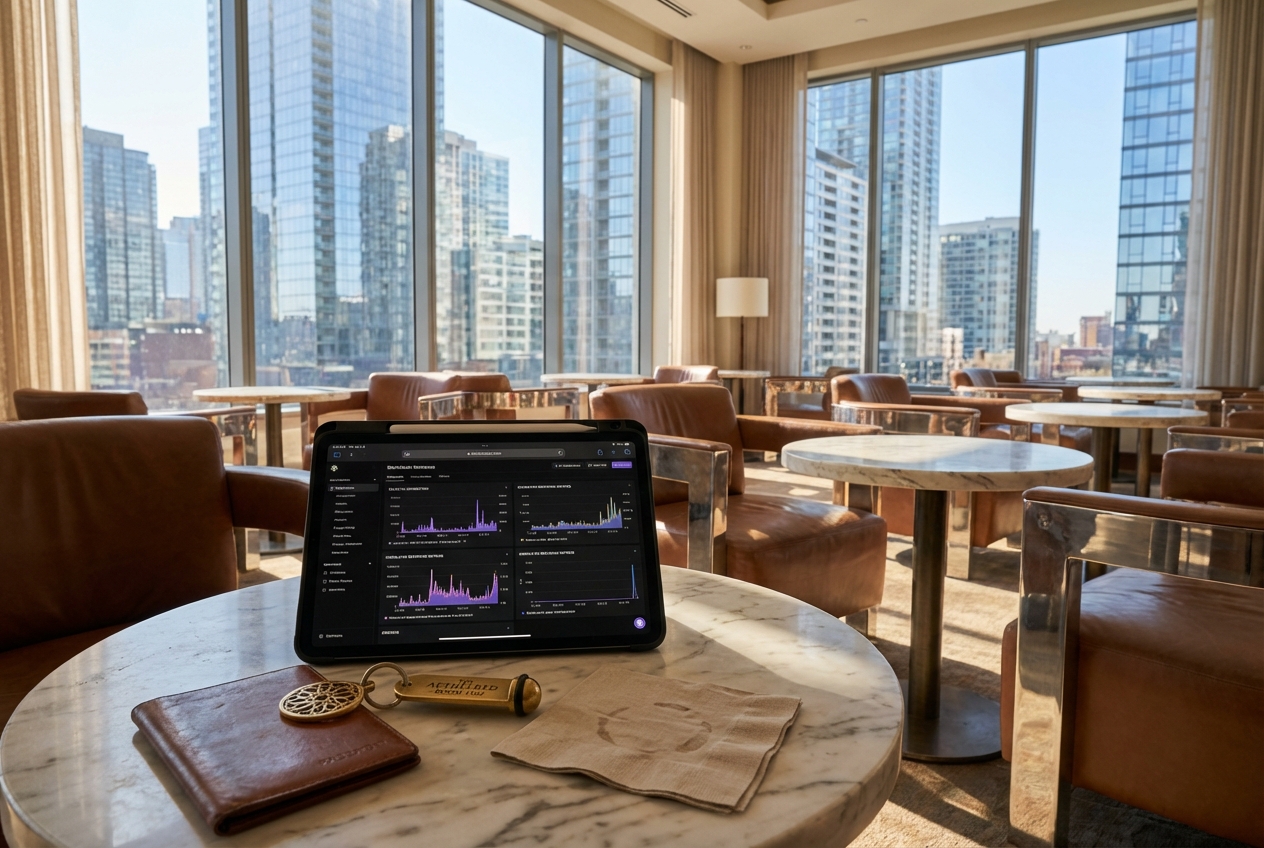
Ethereum’s journey to modular scalability has reached a pivotal moment with the advent of Blob Parameter-Only (BPO) forks. These targeted protocol upgrades, exemplified by EIP-7892, are fundamentally re-shaping blobspace economics for data availability (DA) layers. As the modular blockchain ecosystem matures and competition intensifies between solutions like Celestia and EigenLayer, understanding the impact of BPO forks is crucial for developers, restakers, and DA layer investors alike.
What Are Blob Parameter-Only Forks?
BPO forks are a class of minimal, low-risk Ethereum hard forks that adjust only two parameters: the target and maximum number of blobs per block. Unlike traditional upgrades that might require complex code changes or introduce sweeping consensus modifications, BPO forks focus solely on scaling Ethereum’s DA bandwidth. The process is surgical: by incrementally raising blob targets and limits, these forks unlock additional capacity for posting rollup data while minimizing disruption across the network.
This approach has already delivered tangible results. The recent Pectra upgrade doubled the target blobs per block from 3 to 6 and increased the maximum from 6 to 9. This seemingly modest change expanded Ethereum’s daily blob data throughput to roughly 8.15 GB – a significant leap for Layer 2 rollups relying on mainnet DA.
How BPO Forks Are Reshaping Blobspace Economics
The economic effects of BPO forks ripple throughout the entire DA stack:
- Expanded Data Capacity: By raising blob limits, Ethereum can now accommodate more rollup transactions per block cycle, directly benefiting L2 throughput.
- Dramatic Fee Reduction: The newly available blobspace has alleviated congestion in the market. Post-Pectra, blob fees have dropped to virtually negligible levels. For context, after this upgrade went live, Base’s quarterly expenses for blob posting plummeted from $9.34 million in Q1 2024 to just $42,000 in Q3 2024.
- Lower ETH Burn Rate: With less competition for limited blob slots and lower fees overall, the amount of ETH burned daily from DA activities has decreased – influencing both Ethereum’s monetary policy dynamics and its value capture debates.
- Validator Accessibility: Importantly, BPO forks are designed with validator decentralization in mind. By carefully calibrating increases in blob throughput against solo staker bandwidth constraints, these upgrades strive to keep participation open without centralizing block production among high-resource operators.
BPO Forks vs Competing DA Layers: Celestia and EigenLayer in Focus
The introduction of cheap blobspace on Ethereum directly challenges alternative DA solutions like Celestia and EigenLayer’s EigenDA. According to recent market data:
- Celestia remains cost-competitive, offering data availability at $7.31 per MB compared to Ethereum’s $20.56 per MB over historic periods when rollups used both networks extensively.
- BPO fork-driven fee drops, however, have narrowed this gap considerably – making Ethereum mainnet an increasingly attractive option for new or migrating rollups as long as capacity keeps pace with demand.
- Differentiators like finality speed and light node security still set Celestia and Avail apart; meanwhile, EigenDA leverages restaking incentives but must now contend with a rapidly evolving fee landscape on Ethereum itself.
The result? A dynamic market where L2s can optimize their stack based on real-time economics rather than vendor lock-in or legacy limitations – further catalyzed by ongoing parameter-only upgrades.
The State of Blob Fees and ETH Price Today ($3,871.75)
This transformation comes as Ethereum trades at $3,871.75, reflecting a relatively stable period with a modest and $27.47 ( and 0.007150%) change over 24 hours (high: $3,897.12; low: $3,809.52). The current price environment is crucial context: lower operational costs for rollups mean more sustainable business models even if ETH remains range-bound rather than surging into new highs.
For investors and DA layer strategists, the interplay between blobspace economics and ETH price action is more than academic. As BPO forks compress fees, they not only strengthen the business case for rollups but also shift the calculus for value accrual within the Ethereum ecosystem. Lower blob fees reduce the amount of ETH burned via EIP-1559 mechanisms, subtly impacting Ethereum’s long-term supply dynamics and potentially its scarcity narrative among holders.
Yet, this is a double-edged sword. While cheaper data posting drives L2 adoption and throughput, it also means less direct value capture for ETH stakers in the form of fee burns. The debate now is whether increased network activity and broader adoption can offset these effects through other channels, such as higher base transaction volumes or new applications leveraging abundant DA capacity.

What’s Next: Adaptive Scaling and Competitive Pressures
BPO forks are not a one-off event but rather a framework for continual, adaptive scaling. The Ethereum community can now respond to DA market conditions in real time, ratcheting up blob parameters as needed without risking validator centralization or destabilizing consensus. This iterative approach sets a precedent for other modular blockchains seeking to balance scalability with decentralization.
Meanwhile, alternative DA layers like Celestia and EigenLayer are unlikely to stand still. As Ethereum’s blobspace becomes cheaper, these networks may innovate on features such as faster finality, enhanced light client security, or novel restaking incentives to maintain differentiation. The modular blockchain stack is rapidly converging toward a world where DA is both plentiful and affordable, but only for those who can keep up with parameter-driven innovation.
Strategic Takeaways for Restakers and DA Layer Builders
- Restakers: Monitor how lower blob fees affect protocol yields on EigenLayer and similar platforms. Yield compression may drive capital toward more specialized or risk-adjusted opportunities within modular stacks.
- L2 Developers: Reassess your data posting strategies regularly; as BPO forks unlock new capacity, mainnet DA may become preferable even for cost-sensitive applications previously priced out of Ethereum blobs.
- Investors: Track fee markets alongside ETH price ($3,871.75) to anticipate shifts in value accrual narratives, especially if future BPO forks further suppress operational costs across the rollup landscape.
The bottom line: Blob Parameter-Only forks have injected flexibility into Ethereum’s scaling roadmap while catalyzing a more competitive landscape among DA layers. Whether you’re optimizing yield strategies on EigenLayer or benchmarking Celestia’s cost efficiency, staying agile will be key as blobspace economics continue to evolve with each incremental fork.






